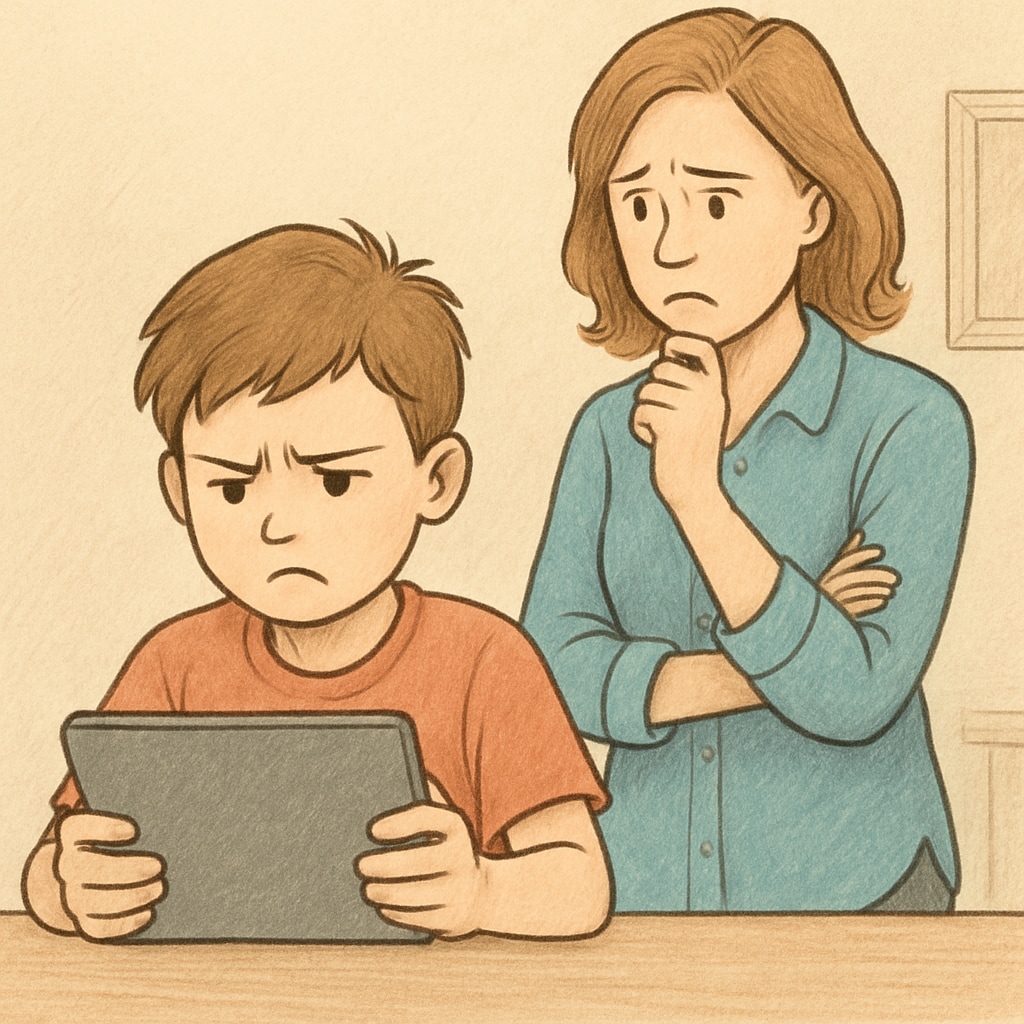Technology addiction, child education, and mental health are interconnected challenges in today’s digitally saturated world. Studies show that 54% of children aged 8-12 spend over 4 hours daily on screens, exceeding recommended limits by 300% (Common Sense Media). This early overexposure correlates with attention deficits, sleep disorders, and emotional dysregulation, making tech moderation an urgent developmental priority.
The Science Behind Screen Overexposure
Neuroscientific research reveals three critical impacts of excessive screen time:
- Dopamine dysregulation: Interactive content triggers reward pathways similarly to substance abuse (National Institutes of Health)
- Cognitive overload: Rapid visual stimuli impair working memory capacity
- Social skill deficits: Reduced face-to-face interaction limits emotional intelligence development

Practical Strategies for Balanced Tech Use
Implementing effective boundaries requires multi-stakeholder collaboration:
- Family digital contracts: Establish clear usage rules (e.g., no devices during meals)
- Tech-free zones: Designate bedrooms and dining areas as screen-free spaces
- School policies: Integrate digital literacy programs that teach responsible use

Transition phrases like “however” and “therefore” help maintain flow when discussing complex topics. For instance, while technology offers educational benefits, excessive use therefore requires careful monitoring. Schools consequently play a pivotal role in modeling balanced behavior.
Readability guidance: Use bullet points for key statistics; keep sentences under 20 words where possible; employ active voice (“Researchers demonstrate” rather than “It has been demonstrated”); include transition words in 30% of sentences.


